Tribesourcing Southwest Film Project talk with Jennifer Jenkins at MOIFA
February 12th, 2020
(Santa Fe, New Mexico) – The Museum of International Folk Art invites you to join us for a special talk with Jennifer Jenkins, Ph.D., on Sunday, March 1, 2020, starting at 2 p.m. University of Arizona professor Jenkins, Principal Investigator of the Tribesourcing Southwest Film Project, will demonstrate the merging of old video and new audio in Mukurtu at Tribesourcingfilm.com and discuss what she has learned in the process of digitally repatriating these midcentury films.
Tribesourcing Southwest Film is a digital humanities project, where existing "social studies" films from the American Indian Film Gallery, made in the 1950s and 1960s, are re-recorded with new narrations by community members and elders from Native American communities. This “tribesourcing” method allows for identification of local knowledge that might otherwise be lost, as well as providing a rich, community-based metadata record for each film.
Date: Sunday, March 1, 2020
Time: 2 – 3:30 p.m.
Location: Museum of International Folk Art, 706 Camino Lejo, on Museum Hill in Santa Fe, N.M.
Admission: Free for New Mexico residents.
Facebook event link: https://www.facebook.com/events/2495215807384000/
More about Jennifer Jenkins: Jennifer Jenkins, Professor, University of Arizona, works at the intersections of literature, film, and archives, teaching in both the English department and the iSchool at the University of Arizona. Her recent book, Celluloid Pueblo: Western Ways Films and the Invention of the Postwar Southwest (University of Arizona Press, 2016), explores the construction of regional identity through non-Hollywood moving images. In 2017, she was named Director of the Bear Canyon Institute for Southwest Humanities at the University of Arizona. She recently held the 2019 Cátedra Primo Feliciano Vázquez at the Colegio de San Luis in San Luis Potosí, Mexico.
More about the Tribesourcing Southwest Film Project: Sponsored by the National Endowment for the Humanities and the University of Arizona, this project seeks to “tribesource” 60 educational films about the Native peoples of the Southwestern U.S. from the American Indian Film Gallery, a collection awarded to the University of Arizona in 2011. Most of the films were made in the mid-20th century and reflect mainstream cultural attitudes of the day. Often the narration pronounces meaning that is inaccurate or disrespectful, but the visual narratives are for the most part quite remarkable. At this historical distance, many of these films have come to be understood by both cultural insiders and outside scholars as documentation of cultural practices and lifeways – and, indeed, languages – that are receding as practitioners and speakers pass on. This project seeks to rebalance the historical record, intentionally shifting emphasis from external perceptions of Native peoples to the voices, knowledge, and languages of the peoples represented in the films by participatory recording of new narrations for the films.
Tribesourcing places historical materials with the peoples they represent in order to tell the untold or suppressed story. Each film in this project will be streamed in a Mukurtu-based website with alternate narrations from within the culture in English and in Native languages. This method allows for identification of people, places, practices, vocabulary and stories that might otherwise be lost, as well as providing a rich, community-based metadata record for each film. Taking a small step toward cultural repatriation of content, tribesourcing as a methodology is guided by the Protocols for American Indian Archival Materials (2006).
This project seeks to contribute to ongoing efforts to decolonize the archive and restore voice and narrative sovereignty to the people who appear in these films – as agents of their own information rather than subjects of a governmental or corporate agenda.
Participation, Equity, and Inclusion are central to this project.
About the Museum of International Folk Art
The Museum of International Folk Art is a division of the Department of Cultural Affairs, under the leadership of the Board of Regents for the Museum of New Mexico. Programs and exhibits are generously supported by the Museum of New Mexico Foundation, through the generous support of donors.
Founded in 1953 by Florence Dibell Bartlett, the Museum of International Folk Art’s mission is to shape a humane world by connecting people through creative expression and artistic traditions. The museum holds the world’s largest international folk art collection of more than 150,000 objects from six continents and over 150 nations, representing a broad range of global artists whose artistic expressions make Santa Fe an international crossroads of culture. For many visitors, fascination with folk art begins upon seeing the whimsical toys and traditional objects within the Girard Collection. For others, the international textiles, ceramics, carvings and other cultural treasures in the Neutrogena Collection provide the allure. The museum’s historic and contemporary Latino and Hispano folk art collections, spanning the Spanish Colonial period to modern-day New Mexico, reflect how artists respond to their time and place in ways both delightful and sobering. In 2010, the museum opened the Mark Naylor and Dale Gunn Gallery of Conscience, where exhibitions encourage visitors to exchange ideas on complex issues of human rights and social justice.
706 Camino Lejo, on Museum Hill in Santa Fe, NM 87505. (505) 476-1200. Hours: 10 a.m. to 5 p.m. daily, May through October; closed Mondays November through April, closed Thanksgiving, Christmas, and New Year’s Day. Events, news releases and images about activities at the Museum of International Folk Art and other divisions in the Department of Cultural Affairs can be accessed at media.newmexicoculture.org.
# # #
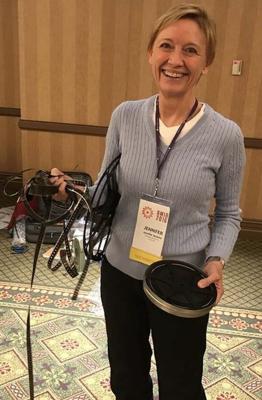
New Mexico CulturePass
Your ticket to New Mexico's exceptional Museums and Historic Sites.
From Indian treasures to space exploration, world-class folk art to awesome dinosaurs—our museums and monuments celebrate the essence of New Mexico every day.
More Info »

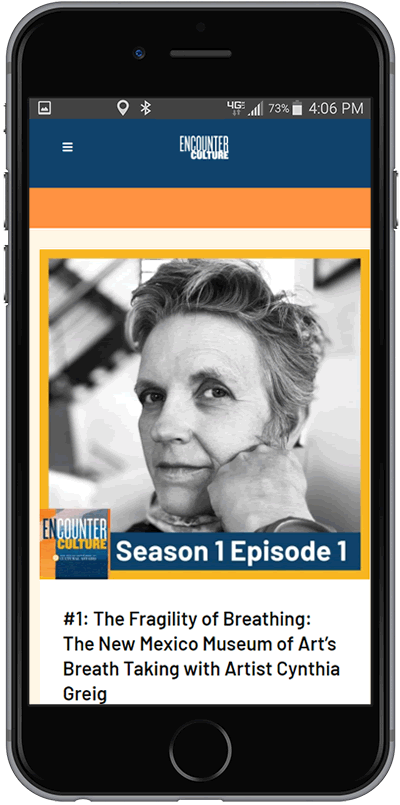
Encounter Culture
Take a look inside the museums and historic sites of New Mexico without leaving home. Join host Charlotte Jusinski, and a variety of guest curators, artists, and exhibitors in exploring the art and culture of the state in Encounter Culture, a new podcast from the New Mexico Department of Cultural Affairs.



Featured DCA Exhibitions
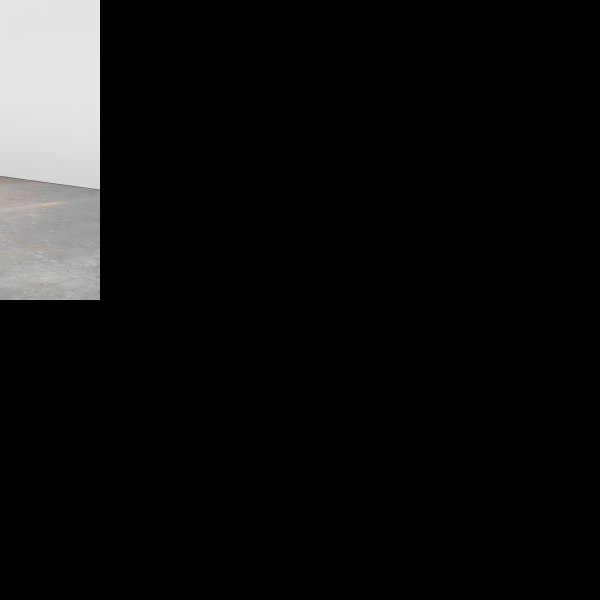
Shadow and Light
Shadow and Light, the inaugural exhibition at the Vladem Contemporary plays upon the famed New Mexico light which is
more »

The First World War
The First World War exhibition investigates the contributions of New Mexicans to the war, through letters,
more »
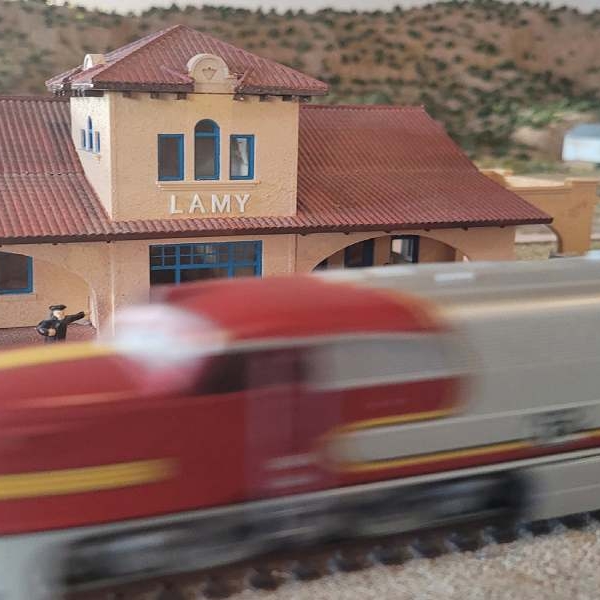
18 Miles and That’s As Far As It Got: The Lamy Branch of the Atchison, Topeka and Santa Fe Railroad
Enjoy a captivating flashback as the New Mexico History Museum presents "18 Miles and That’s As Far As It Got:
more »
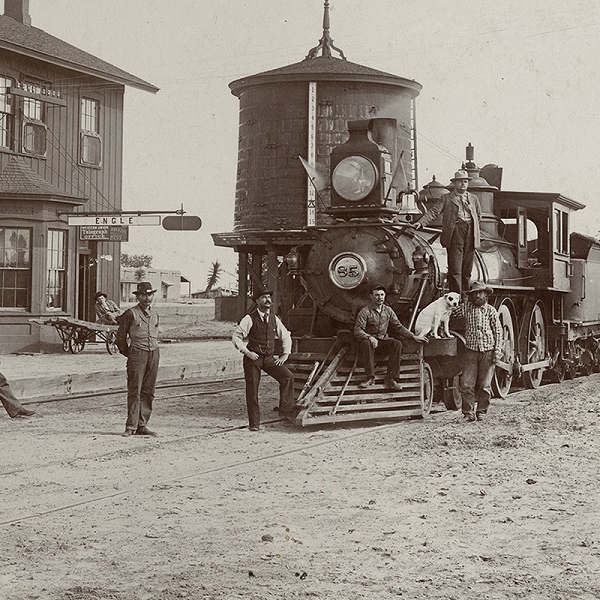
Working on the Railroad
Working on the Railroad pays tribute to the people who moved the rail industry throughout New Mexico.
Using nearly
more »
